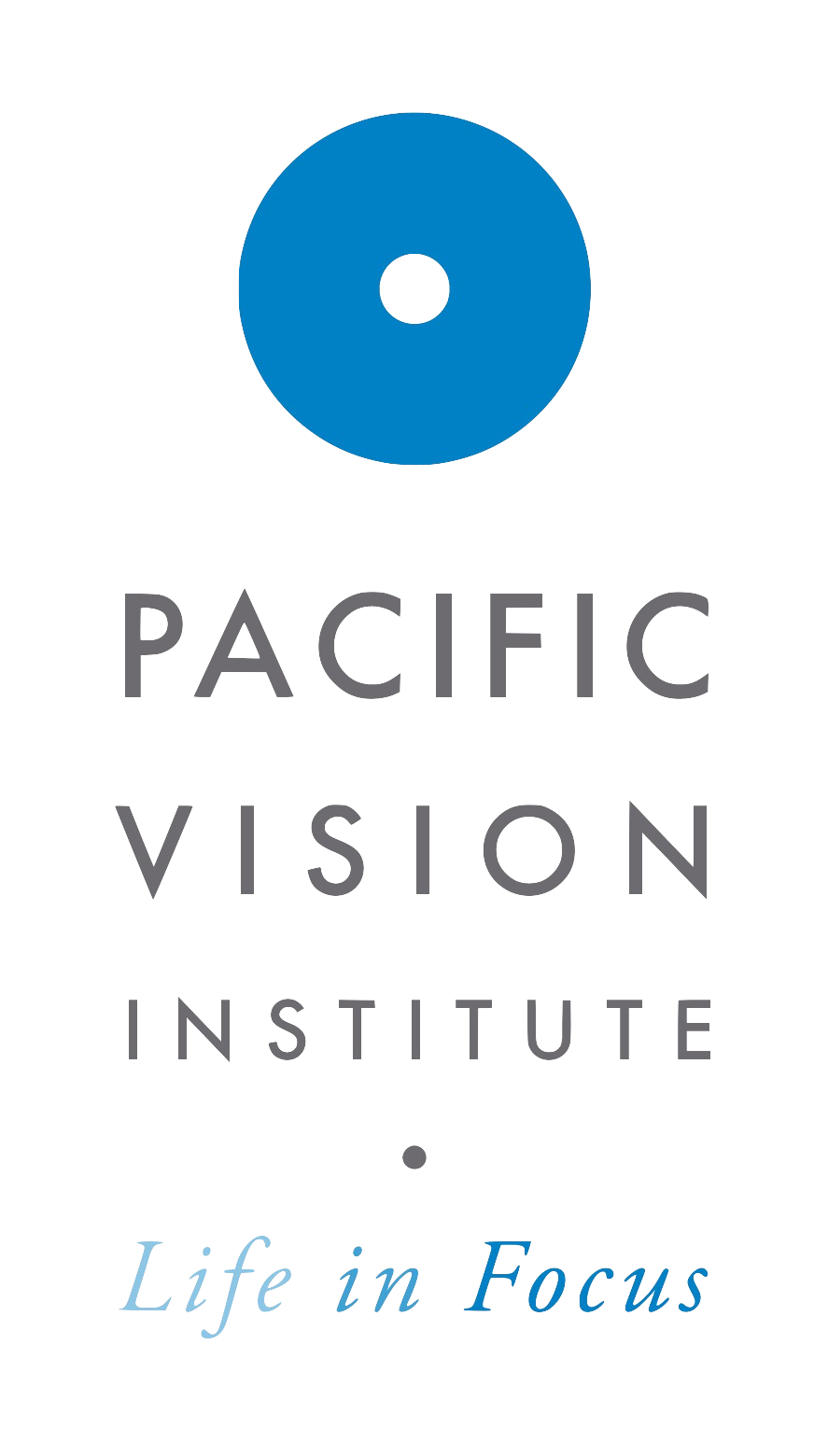Cataracts in Younger Adults: Causes and Treatment Options
When we think of cataracts, we often associate them with older adults. However, cataracts can also affect younger individuals, leading to vision problems that require timely intervention. Understanding the causes and available treatment options for cataracts in younger adults is crucial for maintaining good eye health and quality of life.
Understanding Cataracts
A cataract is a clouding of the eye’s natural lens, which lies behind the iris and the pupil. This cloudiness can impair vision, making everyday tasks challenging. While cataracts are more common in older adults, various factors can cause them to develop in younger people.
Causes of Cataracts in Younger Adults
- Genetics: Some individuals are genetically predisposed to developing cataracts at an earlier age. Congenital cataracts, present at birth, or those that develop in early childhood, can result from inherited genetic disorders.
- Trauma: Eye injuries, such as those resulting from sports or accidents, can damage the lens and lead to cataract formation. Trauma-induced cataracts can develop immediately after the injury or several years later.
- Medical Conditions: Certain medical conditions, like diabetes, can increase the risk of developing cataracts. Diabetes can cause changes in the lens due to fluctuating blood sugar levels, leading to cataract development.
- Medications: Long-term use of corticosteroids, commonly prescribed for inflammatory conditions, can lead to the formation of cataracts. These medications can cause changes in the lens over time.
- Radiation Exposure: Exposure to radiation, whether from medical treatments or environmental sources, can increase the risk of cataracts. Radiation therapy for cancer and excessive UV exposure from sunlight are notable examples.
Symptoms of Cataracts in Younger Adults
Cataracts in younger adults often present with symptoms similar to those in older individuals. These include:
- Blurred or hazy vision
- Increased sensitivity to light and glare
- Difficulty seeing at night
- Colors appearing faded or yellowed
- Double vision in one eye
Treatment Options for Cataracts
Non-Surgical Treatments: In the early stages, vision changes caused by cataracts can often be managed with prescription glasses, contact lenses, or stronger lighting. However, these measures are temporary and do not stop cataracts from progressing.
Surgical Treatments: When cataracts begin to significantly impair vision and interfere with daily activities, surgery becomes necessary. Cataract surgery is a common and highly successful procedure that involves removing the cloudy lens and replacing it with an artificial intraocular lens (IOL).
- Phacoemulsification: The most common cataract surgery technique, phacoemulsification, involves using ultrasound waves to break up the cloudy lens, which is then suctioned out and replaced with an IOL. This procedure is minimally invasive, with a short recovery time.
- Laser-Assisted Cataract Surgery: This advanced technique uses laser technology to make precise incisions and soften the cataract, making it easier to remove. Laser-assisted surgery can improve the accuracy and outcomes of cataract surgery.
Choosing the Right IOL: Several types of IOLs are available, including monofocal lenses, which provide clear vision at one distance, and multifocal or accommodating lenses, which can correct vision at multiple distances. Your eye surgeon will help determine the best option based on your lifestyle and vision needs.
Why Choose Pacific Vision Institute for Cataract Surgery?
At Pacific Vision Institute, we offer personalized, state-of-the-art cataract care tailored to each patient’s unique needs. Our experienced surgeons utilize the latest technology, including laser-assisted techniques, to ensure precise and successful outcomes. We prioritize patient safety and comfort, providing comprehensive pre-operative consultations and detailed post-operative care. Trust Pacific Vision Institute for your cataract surgery and experience exceptional care that restores your vision and enhances your quality of life.

